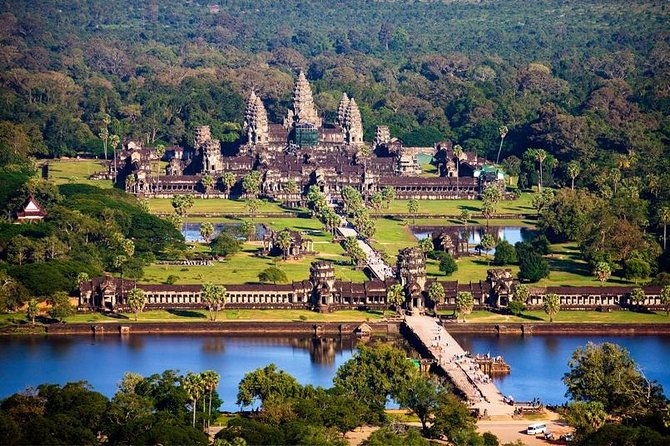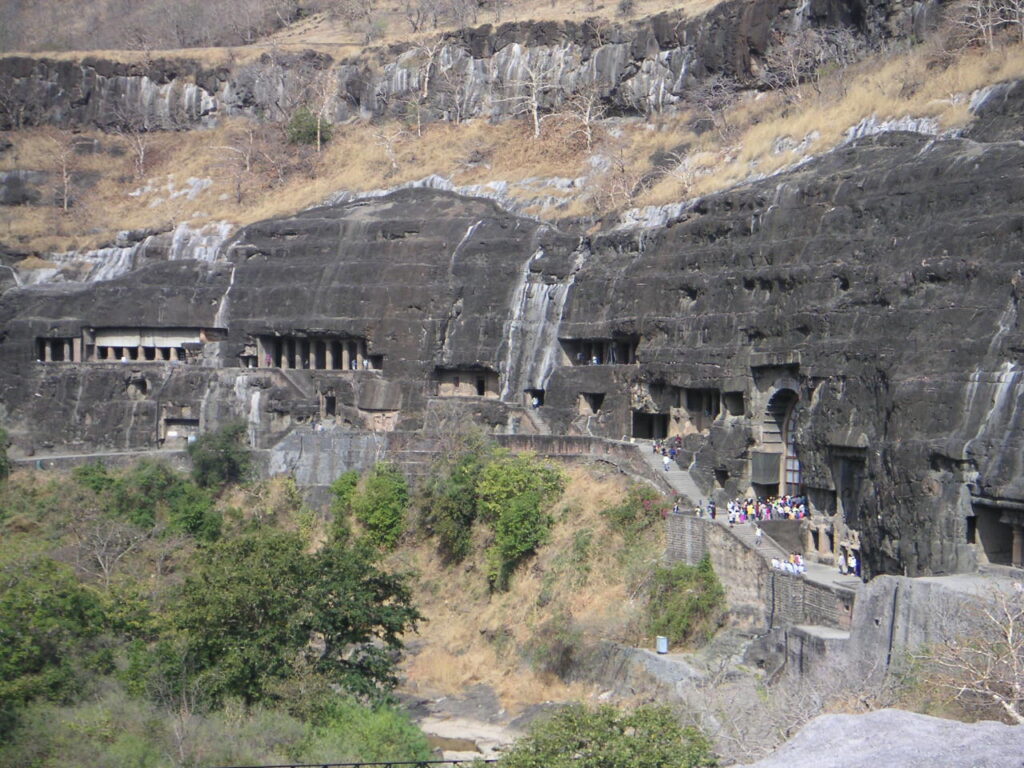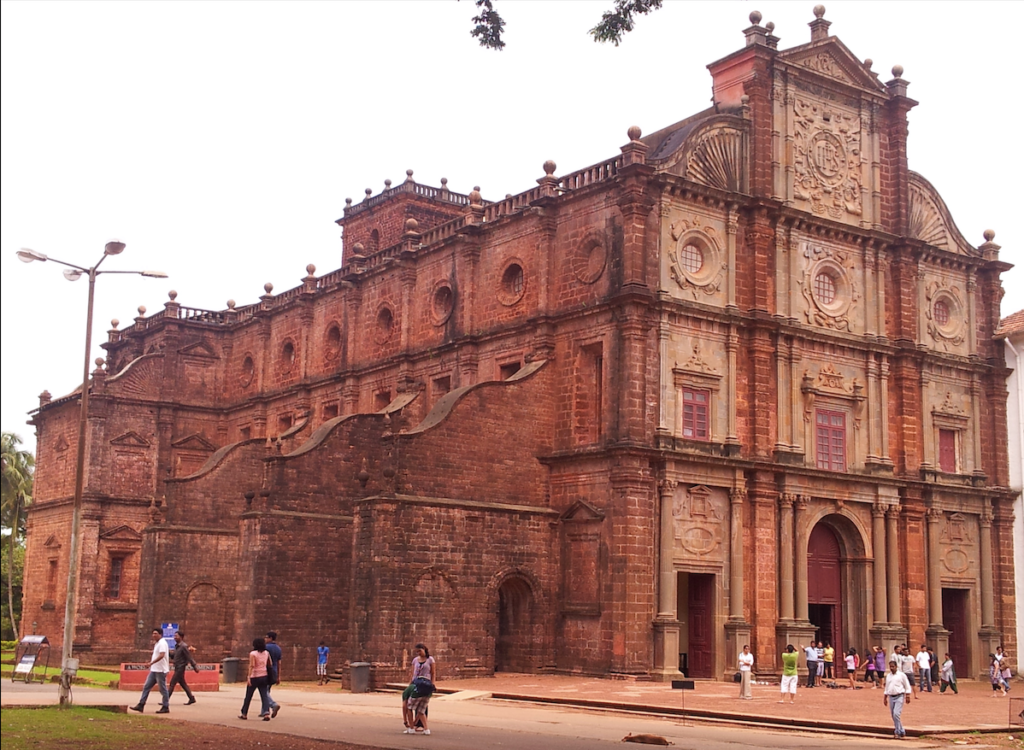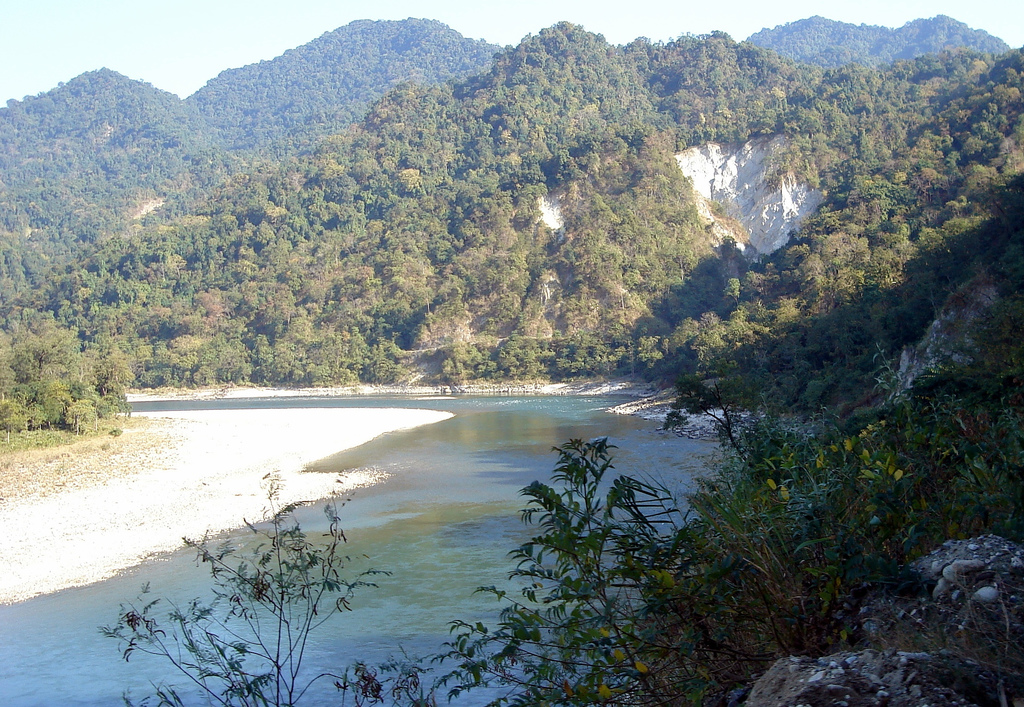- Introduction to Angkor Wat:
- Angkor Wat stands as a symbol of Cambodia’s rich cultural heritage and architectural prowess.
- Located in the province of Siem Reap, Angkor Wat is the largest religious monument in the world, spanning over 162.6 hectares.
- Historical Background:
- Built in the early 12th century by King Suryavarman II, Angkor Wat was originally dedicated to the Hindu god Vishnu but later transformed into a Buddhist temple complex.
- The construction of Angkor Wat took an estimated 30 years to complete and represents the pinnacle of Khmer architectural achievement.
- Architectural Marvels:
- Angkor Wat is renowned for its distinctive architectural features, including its central tower surrounded by four smaller towers, representing Mount Meru, the mythical home of the gods.
- The temple’s layout is designed to symbolize the universe in Hindu cosmology, with concentric galleries and moats representing the cosmic ocean and the mountains that encircle the universe.
- Intricate bas-reliefs and carvings adorn the walls of Angkor Wat, depicting scenes from Hindu mythology, historical events, and daily life in ancient Cambodia.
- The precision and craftsmanship displayed in the construction of Angkor Wat continue to astound visitors and experts alike, showcasing the engineering prowess of the Khmer civilization.
- Spiritual Significance:
- Despite its origins as a Hindu temple, Angkor Wat was later converted to a Buddhist site, reflecting the religious and cultural transformations that occurred in Cambodia over the centuries.
- Buddhist monks still inhabit Angkor Wat, performing rituals and ceremonies within its sacred precincts, maintaining its status as a living religious site.
- The serene atmosphere and spiritual ambiance of Angkor Wat make it a popular destination for pilgrims and travelers seeking enlightenment and inner peace.
- Conservation Efforts:
- Over the years, Angkor Wat has faced numerous threats, including environmental degradation, looting, and vandalism.
- In response, various organizations, including UNESCO and the Cambodian government, have undertaken conservation efforts to preserve Angkor Wat and the surrounding archaeological sites.
- Restoration projects aim to stabilize the structures, prevent further deterioration, and protect Angkor Wat for future generations to appreciate and enjoy.
- Cultural Influence:
- Angkor Wat’s significance extends beyond its architectural and religious aspects; it serves as a symbol of Cambodian identity and pride.
- The temple complex has inspired artists, writers, and filmmakers, capturing the imagination of people around the world and contributing to Cambodia’s cultural legacy.
- Angkor Wat’s inclusion on the UNESCO World Heritage List has further elevated its status as a global icon of cultural heritage and human achievement.
- Visitor Experience:
- Each year, Angkor Wat attracts millions of visitors from across the globe, drawn by its grandeur, beauty, and historical significance.
- Visitors can explore the temple complex at their own pace, marveling at its towering spires, intricate carvings, and tranquil surroundings.
- Sunrise and sunset are particularly magical times to visit Angkor Wat, as the temple is bathed in golden light, creating a breathtaking spectacle that leaves a lasting impression on all who witness it.
- Sustainable Tourism:
- As tourism to Angkor Wat continues to grow, efforts are underway to promote sustainable practices and minimize the environmental impact on the site.
- Responsible tourism initiatives focus on preserving Angkor Wat’s fragile ecosystem, supporting local communities, and raising awareness about the importance of cultural heritage conservation.
- Conclusion:
- Angkor Wat stands as a testament to the ingenuity, creativity, and spiritual devotion of the Khmer civilization.
- As one of the world’s most iconic monuments, Angkor Wat continues to inspire awe and wonder, captivating the hearts and minds of people from all walks of life.
- Through conservation efforts and sustainable tourism practices, we can ensure that Angkor Wat remains a symbol of Cambodia’s cultural heritage for generations to come.
- https://kesariexpress.com/petra-the-rose-red-city-carved-in-stone/
Exploring Angkor Wat: A Marvel of Khmer Architecture and Culture






